Key Takeaways
- Gnats pose health risks by spreading allergens, mold spores, and bacteria.
- Fungus gnats cause extensive damage to indoor plants, leading to root rot and plant death.
- Fruit flies spoil food items and risk contamination with harmful pathogens.
- Drain gnats may signal underlying plumbing issues and mold growth.
- Effective prevention involves moisture management, cleanliness, barriers, and, if necessary, professional pest control interventions.
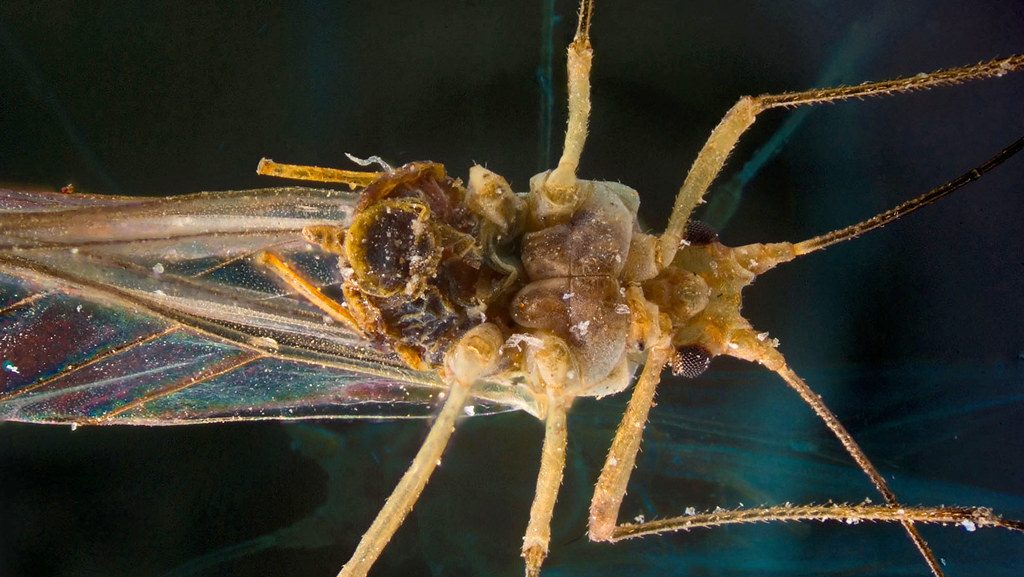 Gnats may be tiny, but they can be more than just an annoying presence in your home. While they often get dismissed as harmless pests, these little insects can actually cause a range of issues—from contaminating food to damaging plants and even affecting your indoor air quality. If left unchecked, they can turn into a persistent nuisance that impacts both your comfort and well-being.
Gnats may be tiny, but they can be more than just an annoying presence in your home. While they often get dismissed as harmless pests, these little insects can actually cause a range of issues—from contaminating food to damaging plants and even affecting your indoor air quality. If left unchecked, they can turn into a persistent nuisance that impacts both your comfort and well-being.
Understanding how gnats can wreak havoc in your home is the first step toward effective prevention and control. Let’s take a closer look at the types of gnats you might encounter and the damage they can cause.
Common Types of Gnats Found in Homes
Before diving into the problems they cause, knowing which kinds of gnats are most likely to invade your home is helpful. Identifying the specific type will make it easier to get rid of them effectively.- Fungus Gnats are usually found near houseplants, as they thrive in moist soil and feed on fungi.
- Fruit Flies – Attracted to ripening or fermenting fruits and vegetables, these pests are most commonly seen in kitchens.
- Drain Gnats – Found in drains, sewage systems, and other damp, organic-rich areas, they often signal hidden plumbing issues.
How Gnats Can Damage Your Home
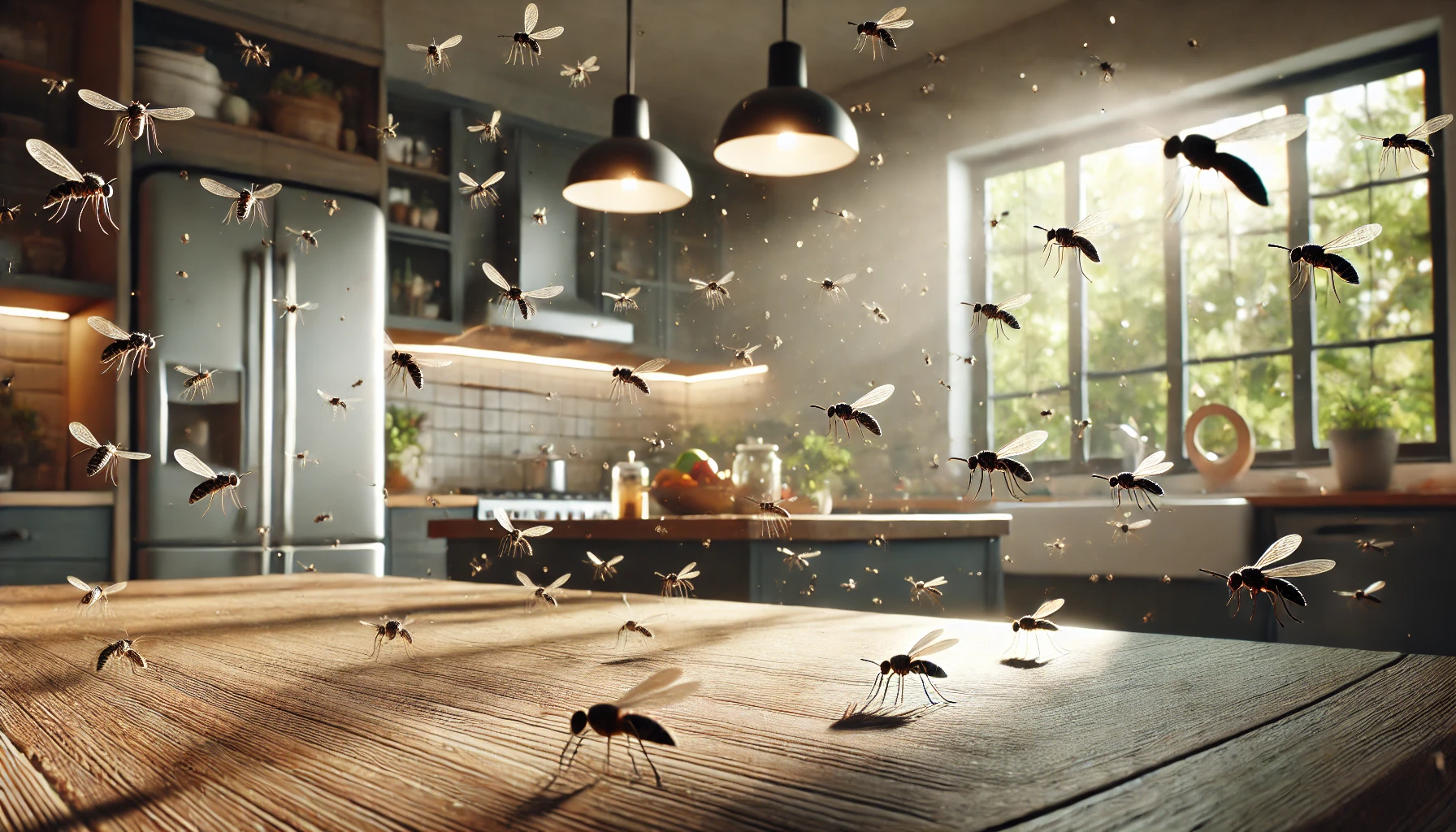

Not getting a solution?
Get your free pest control estimate today!1. Health Concerns and Allergies
- Gnats aren’t just an annoyance, they can pose health risks to you and your family.
-
Respiratory Issues & Allergies: Fungus gnats thrive in damp soil, promoting mold growth. Exposure to mold spores can trigger allergic reactions, asthma, and other respiratory problems, especially in sensitive individuals.
-
Potential Disease Transmission: Fruit flies carry bacteria from garbage, rotting food, and dirty drains to clean surfaces. This can lead to contamination with harmful bacteria like E. coli and Salmonella, causing gastrointestinal illnesses.
-
Skin Irritation & Discomfort: Though rare, drain gnats and their larvae may cause mild skin irritation or itching upon contact.
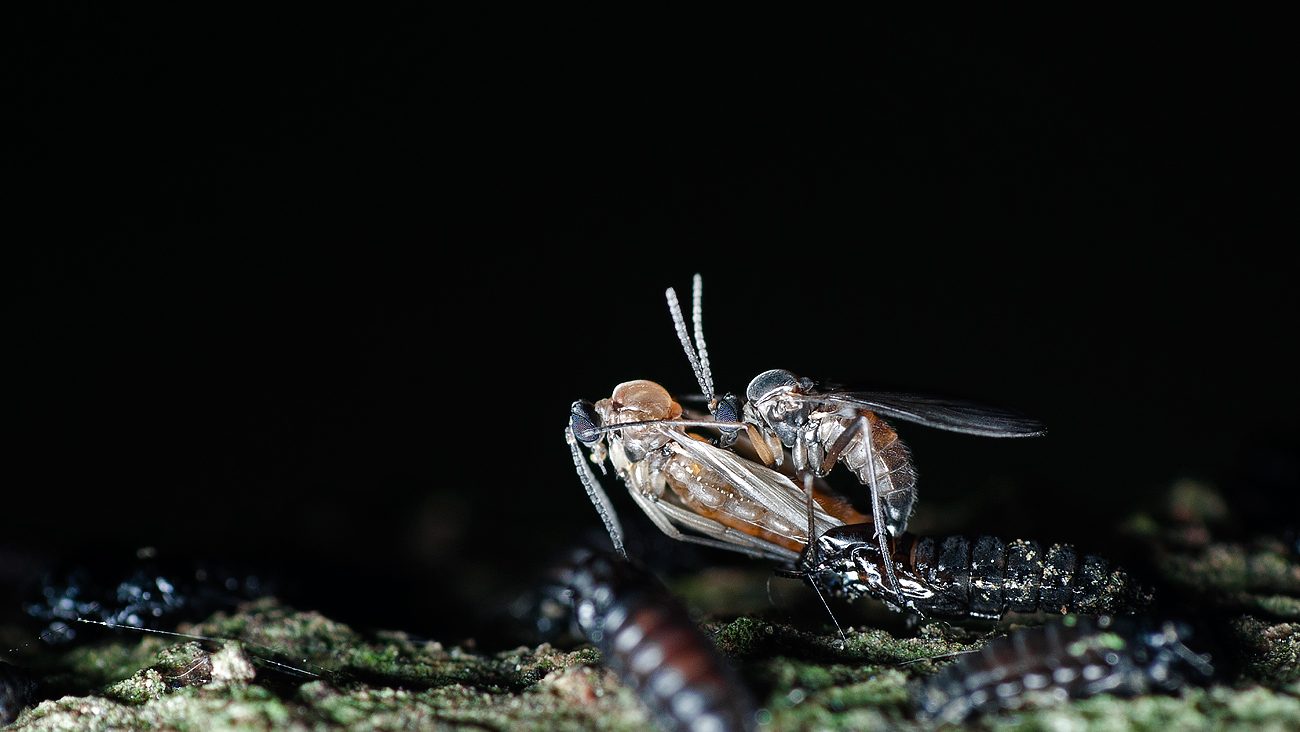
2. Damage to Houseplants and Gardens
- If you’re a plant lover, beware—gnats can be a serious threat to your indoor greenery.
-
Root Damage & Plant Death: Fungus gnat larvae feed on plant roots, disrupting water and nutrient absorption. This can cause wilting, yellowing leaves, stunted growth, and even plant death.
-
Increased Risk of Plant Diseases: Fungus gnats contribute to the spread of harmful fungi, raising the risk of root rot and other plant infections.
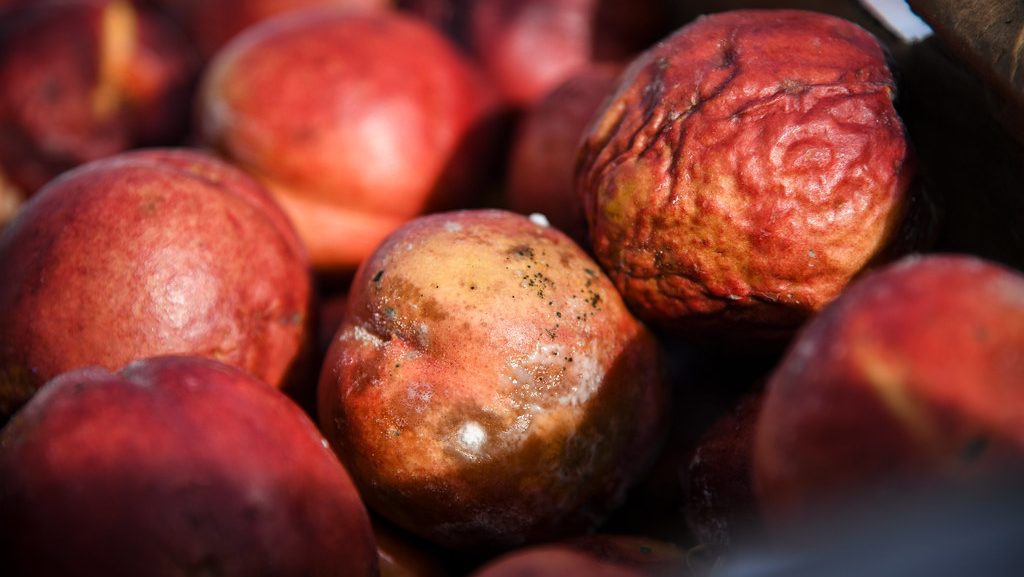
Food Spoilage and Contamination
- Fruit flies are notorious for ruining fresh produce and increasing food waste.
-
Accelerated Food Spoilage: These pests lay eggs on ripe or overripe fruits and vegetables, speeding up decay. Their larvae burrow into the food, making it inedible and leading to premature disposal.
-
Cross-Contamination Risks: Fruit flies land on dirty surfaces before reaching your food, introducing bacteria that compromise food safety.
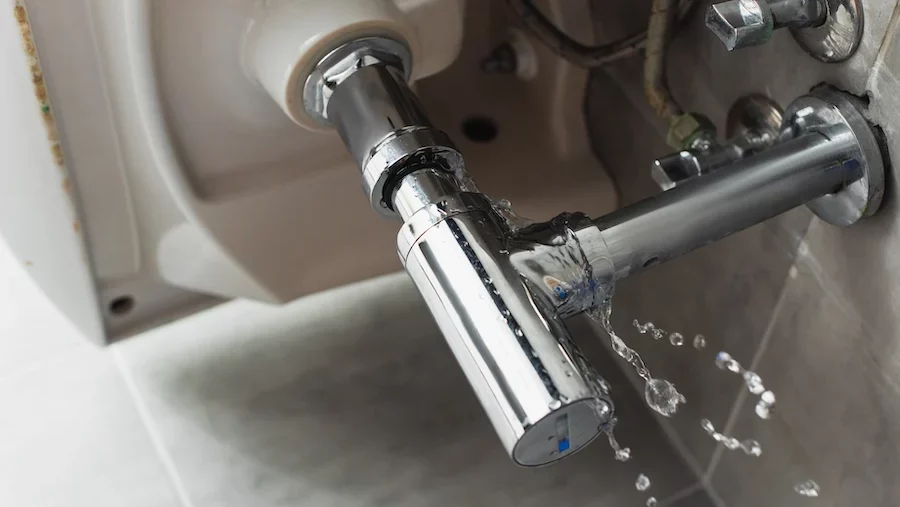
Structural & Plumbing Issues
- Gnats, especially drain gnats, can indicate deeper household problems.
-
Clogged Drains & Plumbing Issues: Drain gnats thrive in slow-moving or clogged drains filled with organic matter. Their presence may indicate underlying plumbing problems that, if ignored, could lead to costly repairs.
-
Mold & Mildew Growth: Gnats prefer damp environments, often contributing to mold and mildew problems. This can degrade indoor air quality and lead to expensive remediation efforts.

Psychological Impact & Discomfort
- Even if gnats aren’t physically damaging your home, their presence can still take a toll on your peace of mind.
-
Increased Stress & Anxiety: The constant buzzing and swarming of gnats can be incredibly frustrating, making it difficult to relax in your own home.
-
Reduced Home Comfort & Enjoyment: A gnat infestation can make your living space feel unclean, discouraging guests and affecting your overall quality of life.
How to Prevent Gnats from Invading Your Home
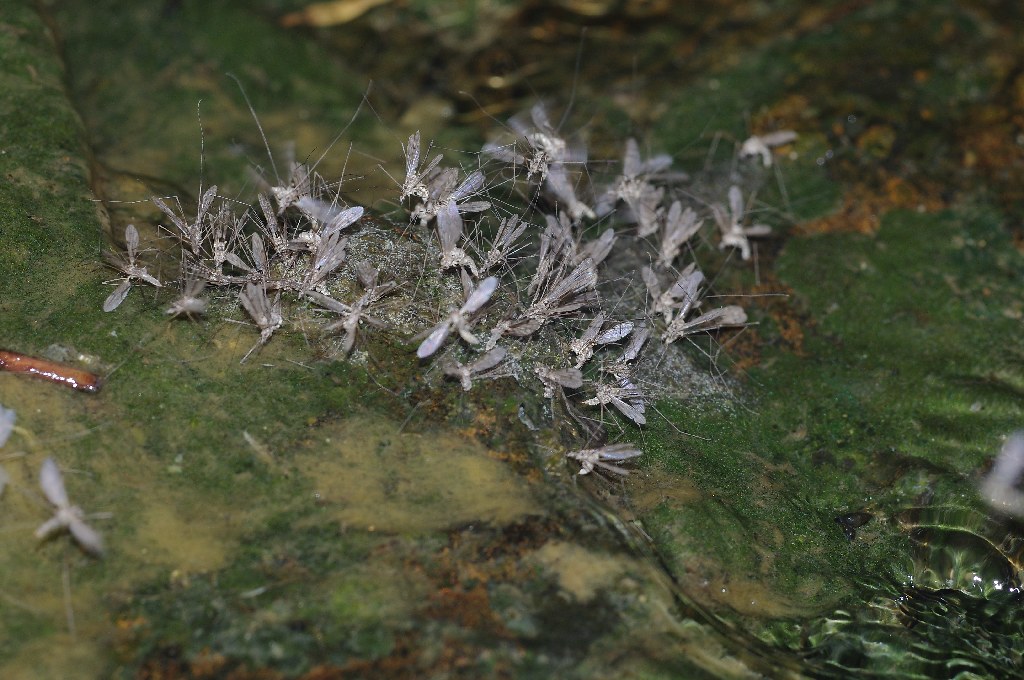 Prevention is key when it comes to keeping gnats at bay. Here are some effective strategies:
Prevention is key when it comes to keeping gnats at bay. Here are some effective strategies:
Control Moisture
-
Regularly check for leaks and fix them immediately.
-
Keep indoor humidity levels below 50% to prevent excessive moisture.
-
Let houseplant soil dry between waterings to discourage fungus gnat breeding.
Use Traps & Barriers
-
Install mesh screens on windows and doors to prevent gnats from getting inside.
-
Place sticky traps near houseplants to catch adult gnats.
-
Set up apple cider vinegar traps to attract and kill fruit flies.
Take Care of Houseplants
-
Avoid overwatering plants and use well-draining soil.
-
Sterilize new potting soil before use to prevent fungus gnat infestations.
Store Food Properly
-
Keep fruits and vegetables in the fridge or airtight containers.
-
Dispose of garbage regularly in tightly sealed bins.





